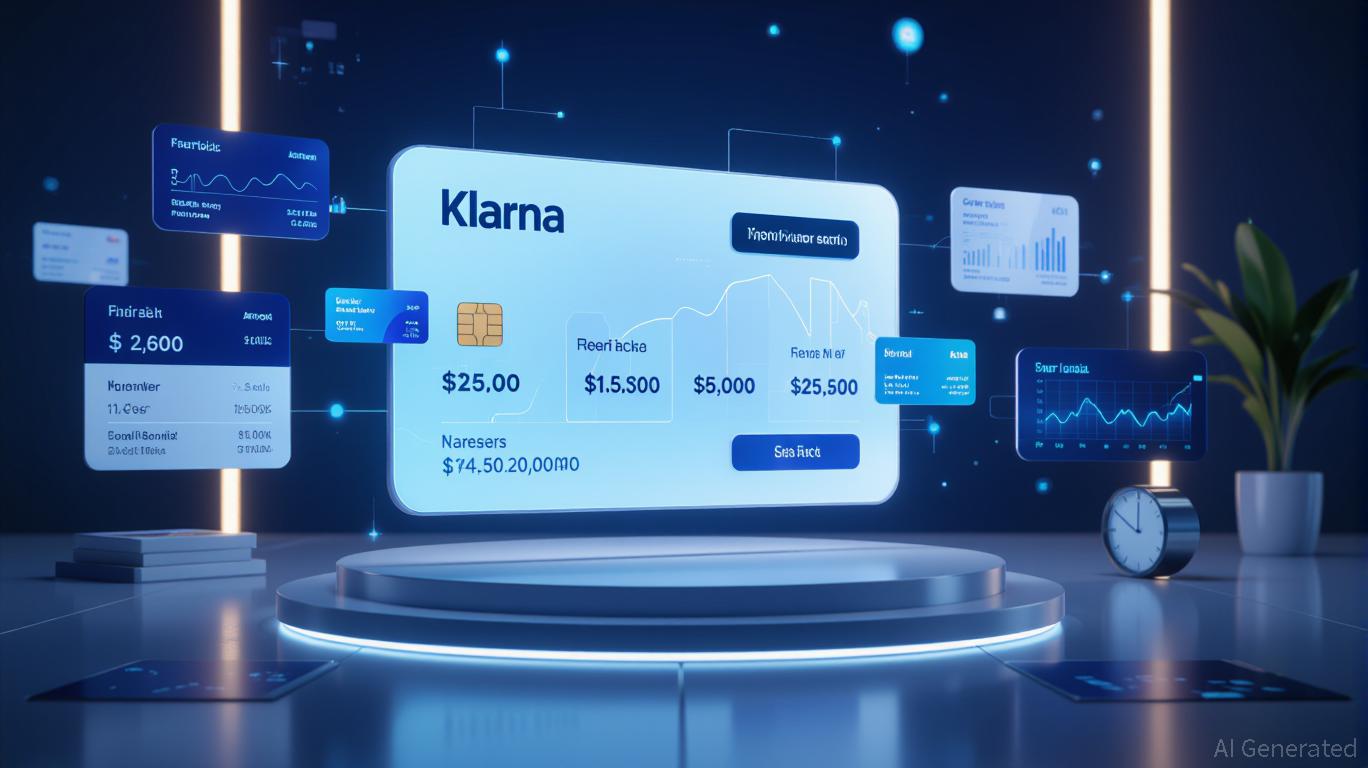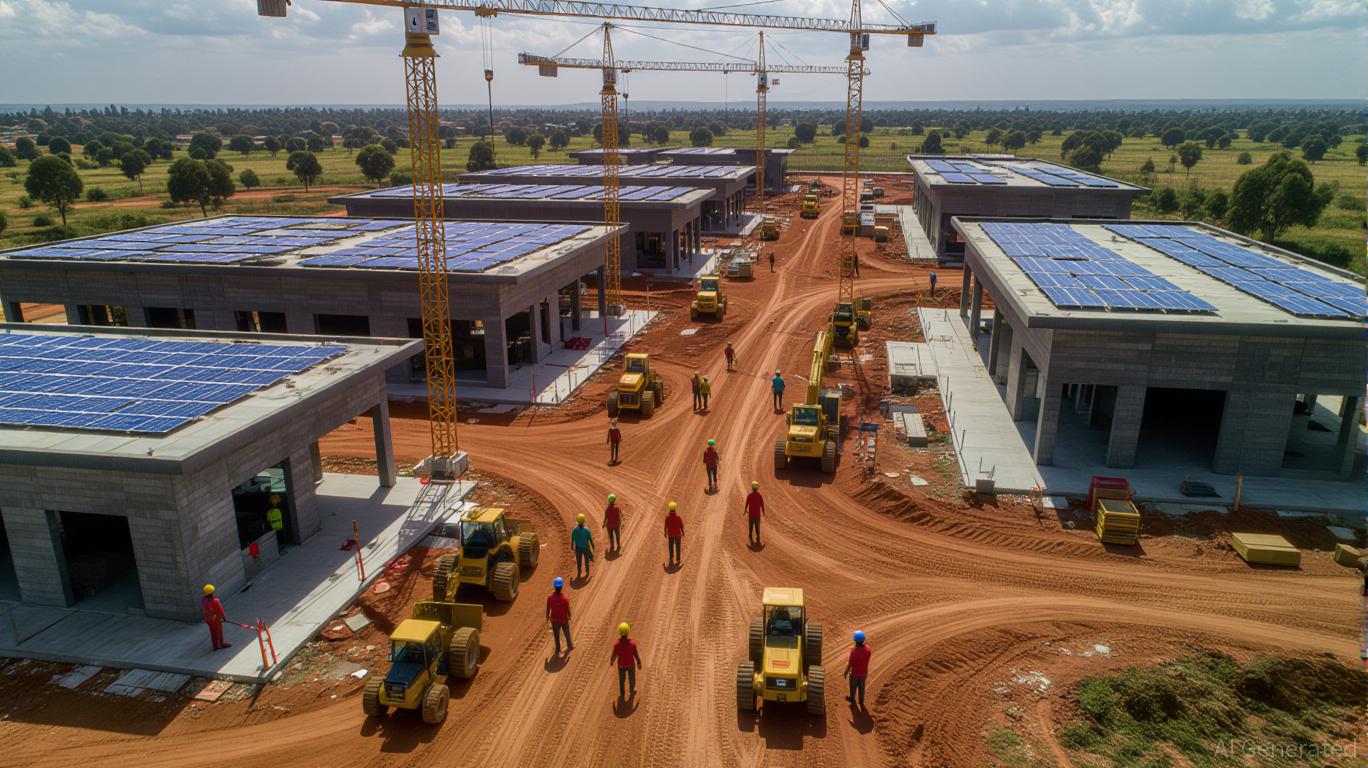AInvest Newsletter
Daily stocks & crypto headlines, free to your inbox
Broadcom (AVGO) has emerged as one of the most compelling stories in tech over the past year, its stock surging over 100% in 2024 as it capitalized on two seismic shifts: the AI revolution and its bold acquisition of VMware. The company's Q2 2025 results—boasting $15 billion in revenue, a 20% year-over-year jump—cement its position as a leader in the data economy. But is this rally sustainable? And what risks lie ahead?

At the heart of Broadcom's growth is its dominance in AI infrastructure. Its Tomahawk 6 chips—custom-built for hyperscalers like Google and Meta—are fueling a 46% surge in AI semiconductor revenue to $4.4 billion in Q2. Management forecasts this segment to hit $5.1 billion in Q3, marking the tenth consecutive quarter of growth.
Broadcom's $61 billion acquisition of VMware in 2023 has been a masterstroke. The software division now contributes 44% of total revenue, with infrastructure software revenue soaring 181% to $6.6 billion in Q2. VMware's subscription model—now generating 87% of its largest customers' revenue—has transformed
into a cash-generating machine.Broadcom's valuation, while elevated, is justified by its high-margin business model and recurring revenue streams. At a market cap exceeding $1 trillion post-VMware, the stock trades at a forward P/E of ~24x—modest compared to peers like NVIDIA or Microsoft.
No investment is without risks. Broadcom's $61.75 billion debt load raises questions about its ability to fund future acquisitions. Legal battles, such as AT&T's bundling-related lawsuit, could divert resources. Meanwhile, dissatisfaction among VMware partners—driven by reforms to its partner program—has sparked a shift toward competitors like Nutanix and Google Cloud.
Broadcom's combination of AI-driven semiconductor growth and VMware's software flywheel positions it to dominate the data economy. While risks like debt and litigation linger, the company's financial discipline, recurring revenue streams, and unmatched infrastructure scale make it a compelling long-term bet.
Investors should view dips as buying opportunities. With AI spending projected to grow at 20% annually and VMware's cloud services expanding, Broadcom's trajectory aligns with one of the 21st century's defining tech trends. For those willing to ride out near-term volatility, the stock remains a cautious buy—a cornerstone of portfolios betting on the future of data.
Tracking the pulse of global finance, one headline at a time.

Sep.11 2025

Sep.11 2025

Sep.11 2025

Sep.11 2025

Sep.11 2025
By continuing, I agree to the
Market Data Terms of Service and Privacy Statement
Daily stocks & crypto headlines, free to your inbox
Comments
No comments yet